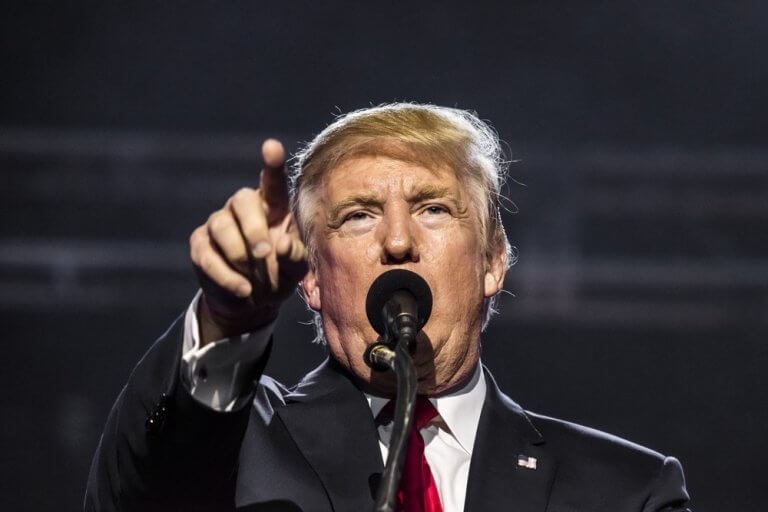
International student enrollments for US graduate schools are down for the second year in a row according to a new report, raising concerns as to what’s behind the continuing decline.
Overseas graduate student enrollments fell 1.8 percent from fall 2016 to fall 2017, according to the report released by the Council of Graduate Schools.
Public graduate schools saw the biggest decrease of 3.7 percent, while private not-for-profit institutions actually had an increase in the number of enrollments (1.4 percent).
Inside Higher Ed points to the ‘Trump factor’ as a reason for this uncharacteristic decrease in enrollments, saying: “While the council isn’t certain what caused the drop, it’s hard for it — or anyone else — not to think of the Trump administration’s stance on immigration.”
The latest move in Donald Trump’s mission to ‘Make America Great Again’ saw the issuing of an indefinite ban on almost every citizen from Iran, Libya, Somalia, Syria, Yemen, North Korea and Venezuela from entering the US in July.
#International students #studying in #America took a big hit. “The survey examined attitudes toward five world leaders, and Trump received the most negative ratings.” Areas of Europe, Canada, Mexico, and Latin America not favorable: https://t.co/WdX1pcoXHi
— Keri Singer (@kerisays) October 3, 2018
The F-1 student visa is exempt from this ban, according to the University of Miami, but the hostile undertones are thought to have sent shockwaves through the international student community.
While the F-1 visa may be intact, the H-1B visa – which allows students to work in the US after graduation – has been implicated under Trump.
Chinese students who wish to work in the technology sector faced a shortening of their visa allocation, in a reported attempt to stop Intellectual Property theft.
It is speculated these changes to international student visas are to blame for the decrease in overseas enrollments – but of course, other countries must be doing something right to scoop up this displaced talent.
This year’s QS World University Rankings 2019 saw the UK hold five places in the top 20 institutions, while Asia emerged as the leading higher education continent in the QS ‘Top 50 Under 50 2019’ rankings.
The US featured heavily in both rankings which thousands of international students use to inform their choices every year, indicating there is more to students’ decisions than academic excellence.
And, if student mobility to the UK amidst Brexit’s ‘hostile environment’ is anything to go by, it’s likely Trump’s unwelcoming signalling is having a negative effect on the country’s attractiveness.
https://twitter.com/QS_Corporate/status/1040171982107684864
According to a report by QS Enrolment Solutions, 39 percent of EU students and 10 percent of non-EU students claim that higher fees and the threat of an unwelcoming atmosphere post-Brexit have already put them off studying in the UK.
Decisions made by Trump regarding higher education have created an unwelcoming environment for international students, according to experts.
It cannot be concretely said whether Trump is to blame for fewer international students enrolling in the US – but if the US wants to maintain their spot as the leading study abroad destination, whatever the reason, something has to change.
Liked this? Then you’ll love…
Trump administration making it harder to overstay US student visas
Trump travel ban: What will happen to international students’ visa status?








